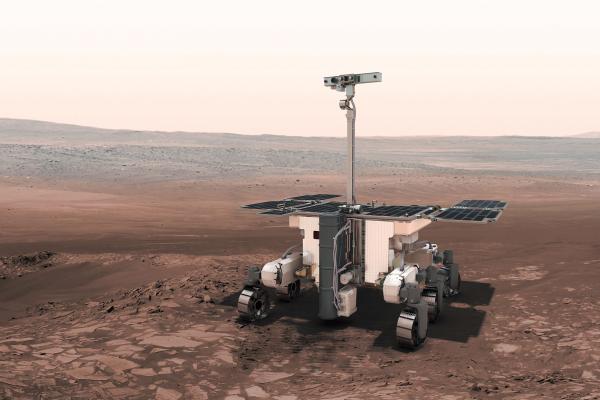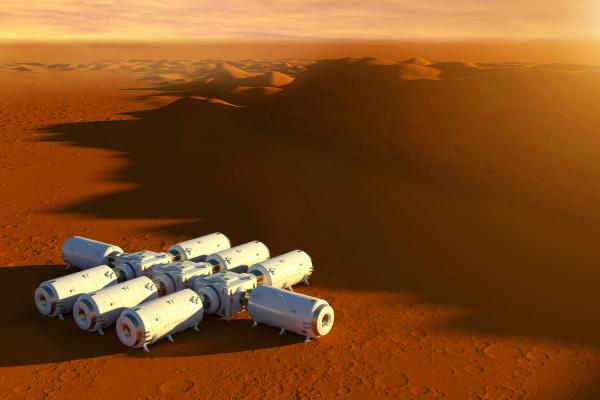Every star in the sky is a Sun. If our Sun has planets, then it seems likely that other stars should have planets, too – and they do. Astronomers have found thousands of systems with exoplanets, but none so far like our own Solar System. Some stars have planets orbiting ten times closer to their star than Mercury is to our Sun. Other systems have circumbinary planets that orbit two stars. Some stars have several planets, all of which have lower orbits than our Venus. The most common type of planet is not a giant planet – thought to be the end product of inevitable runaway growth during planet formation – but a planet 2 to 3 times the size of Earth or smaller, a type that has no solar system counterpart and whose formation process is not known. Many of these enigmatic planets have been found by NASA’s pioneering Kepler Space Telescope.

Artist's impression of the Kepler telescope. Since 1988, over 3,000 exoplanets have been confirmed by all detection methods, including the Kepler mission (specifically, 3,583 planets in 2,688 planetary systems, including 603 multiple planetary systems, have been confirmed, as of February 22, 2017.
Although thousands of exoplanets are known, including many Earth-size planets, technology can’t yet tell us if a planet is like Earth with oceans, continents, and breathable air, or instead like Venus, with a massive greenhouse atmosphere making the surface scorchingly hot and completely inhospitable to life.
We need to find a way to observe planetary atmospheres, to assess the greenhouse gases and infer a surface temperature. For now, exoplanet observation is limited to a few dozen easy-to-observe candidates that are hot or large or otherwise bright, but totally unsuitable for life as we know it. We would like to have a large pool of rocky planets whose atmospheres can be studied for signs of habitability or even life.

Visualization of MIT’s Transiting Exoplanet Survey Satellite (TESS).
Hundreds of thousands of planets in sight
The MIT-led NASA mission the Transiting Exoplanet Survey Satellite (TESS) is under construction to survey hundreds of thousands of bright, nearby stars for planets. It is set for launch in 2017 aboard a SpaceX Falcon 9 vehicle out of Cape Canaveral, Florida. TESS is expected to find more than a thousand planets smaller than Neptune, including dozens that are comparable in size to Earth. The discovered stars and planets will be bright – bright enough to characterize through follow-up atmospheric observation. TESS will continuously monitor stars for at least 27 days, searching for temporary drops in brightness caused by planetary “transits” when a planet goes in front of the star as seen from the telescope.
A large part of the sky with a large number of stars needs to be monitored to find transiting planets, because only a small fraction of all planets have orbits fortuitously aligned to show transits. The TESS spacecraft can view a large swath of sky, a 24° × 96° patch, by using four wide-field specialized cameras. Each camera consists of a custom-designed lens assembly with a 10.5 cm entrance aperture with special thermal properties and optimized optics, and a CCD detector operating at 600 –1000 nm. TESS will spend 26 days on each patch of sky, continuously stepping around the sky until the entire sky has been monitored.

Sara Seager (43), astrophysicist, is a professor of physics and planetary sciences at the Massachusetts Institute of Technology (MIT).
Without stray light from Earth
To measure a star’s brightness as a function of time at a level needed to find planets, continuous monitoring away from the bright Earth is necessary. Low Earth Orbit is not ideal because out of the 90-minute orbit, less than 30 minutes are spent in Earth’s shadow and available for TESS science observations. The satellite will therefore be placed into a highly elliptical 13.7-day orbit around Earth. Observations will be made away from the bright Earth, and the data will be downlinked during the closest approach to Earth. The transmitter has a body-fixed high-gain antenna with a diameter of 0.7 m, a power of 2 W and a data rate of 100 Mb s−1.
TESS will undoubtedly find a pool of rocky planets orbiting small stars that are not too hot and not too cold, but just right for life. In the best case scenario, follow-up atmospheric measurements with a next-generation telescope (such as the James Webb Space Telescope (launch in 2018) or one of the ground-based 20 to 40 m telescopes currently under construction) will actually find atmospheric gases that are indicative of life, giving us hints, for the first time, about life beyond Earth.




